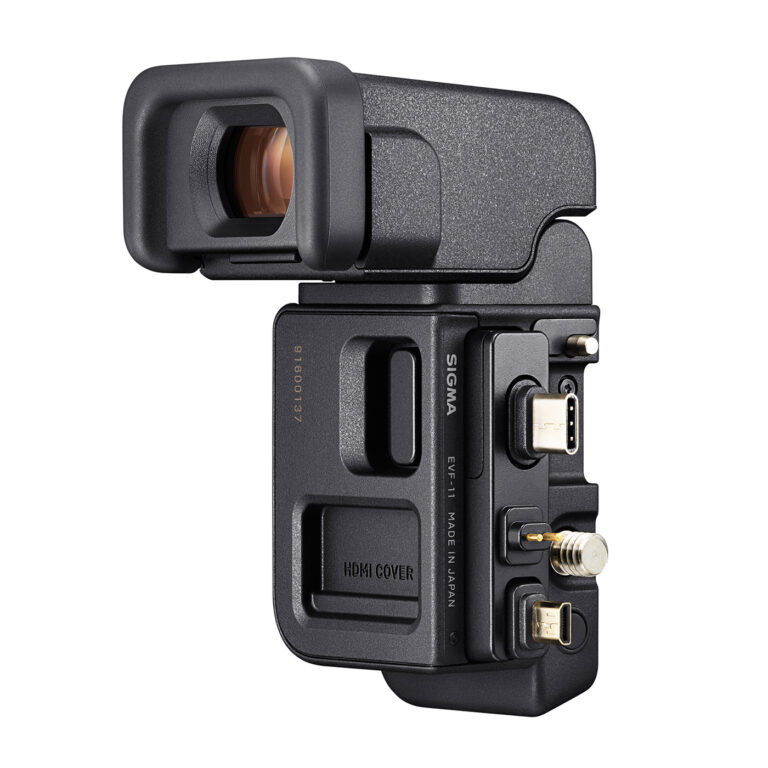
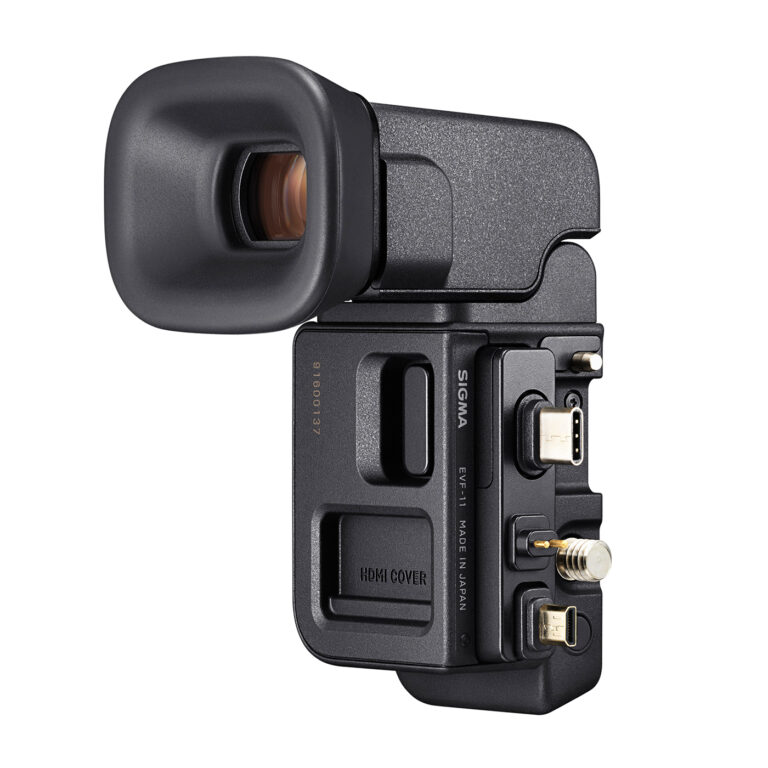
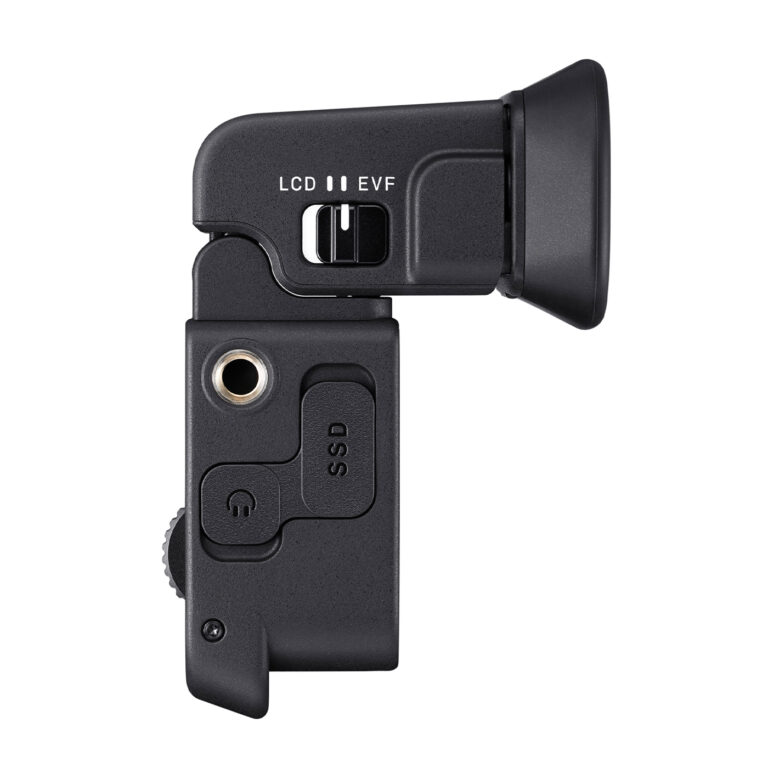
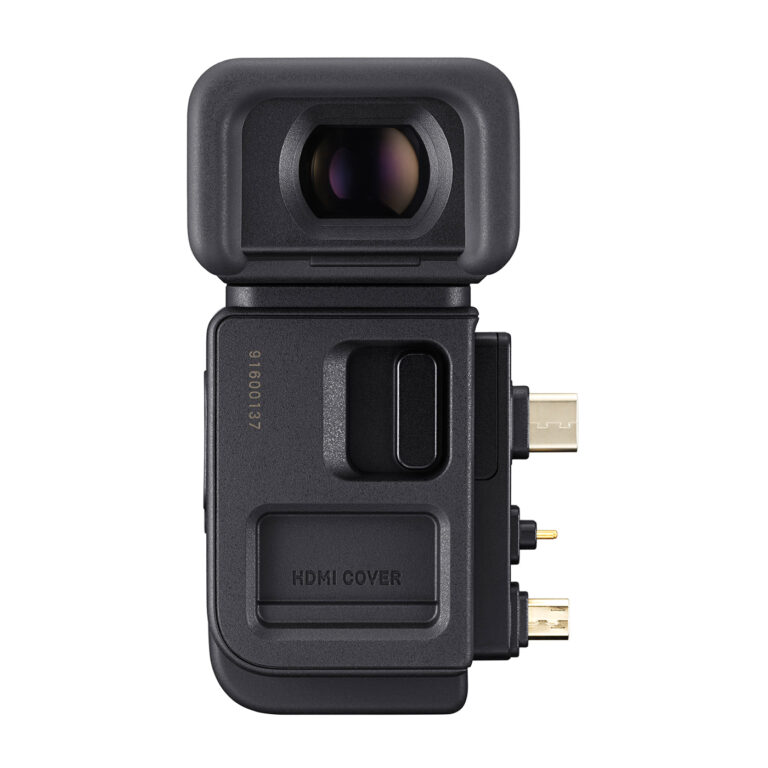
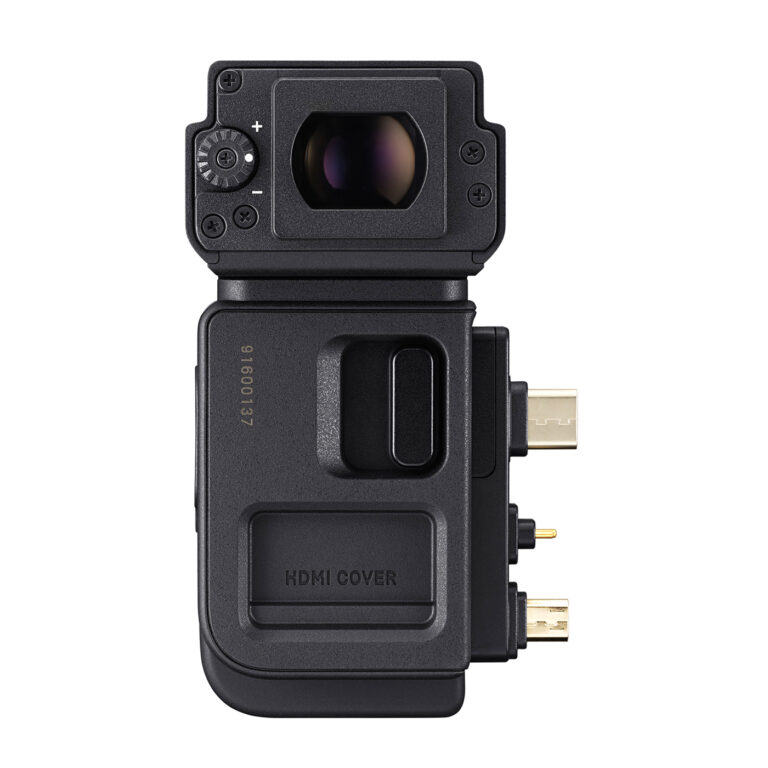
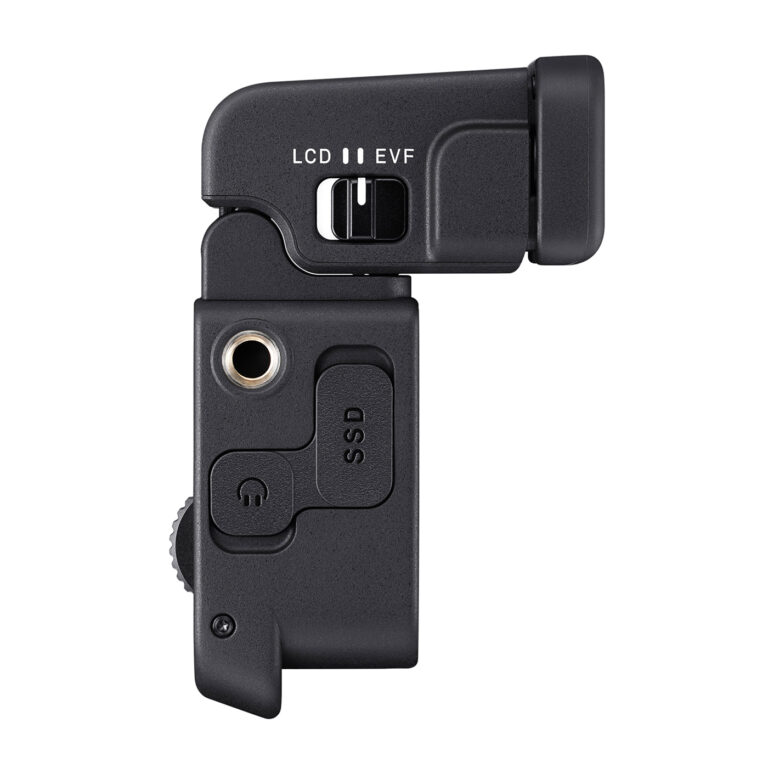
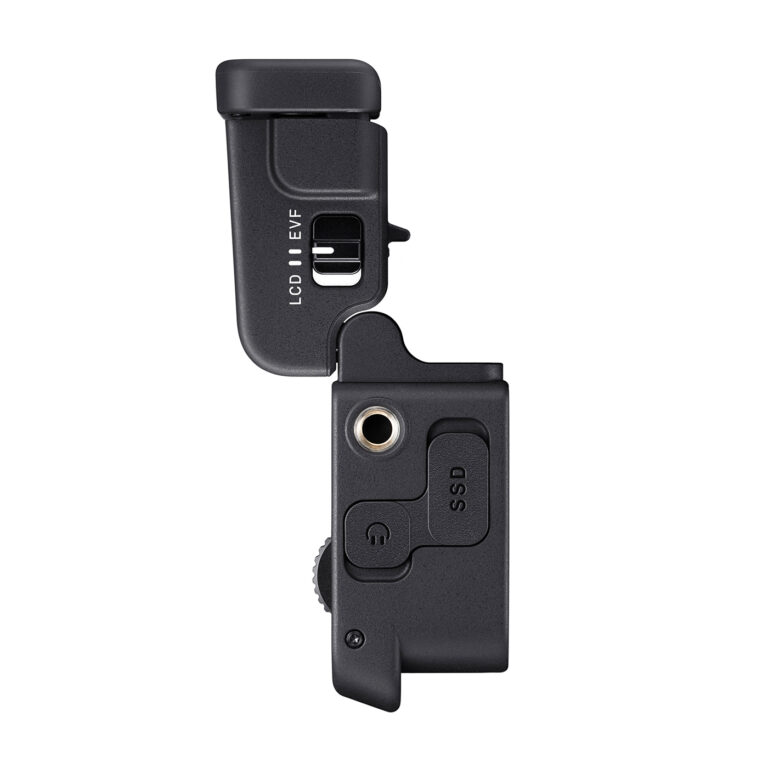
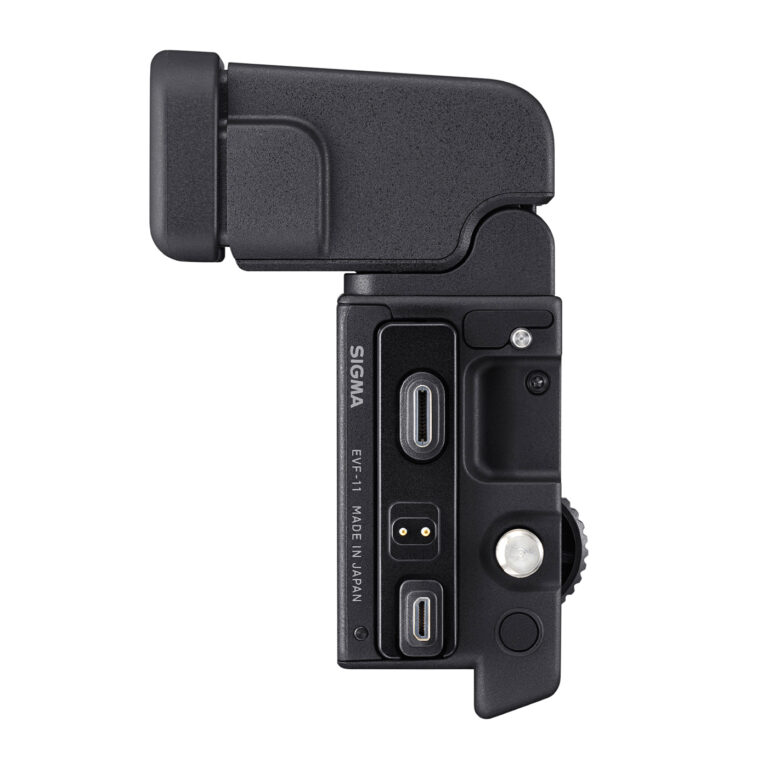
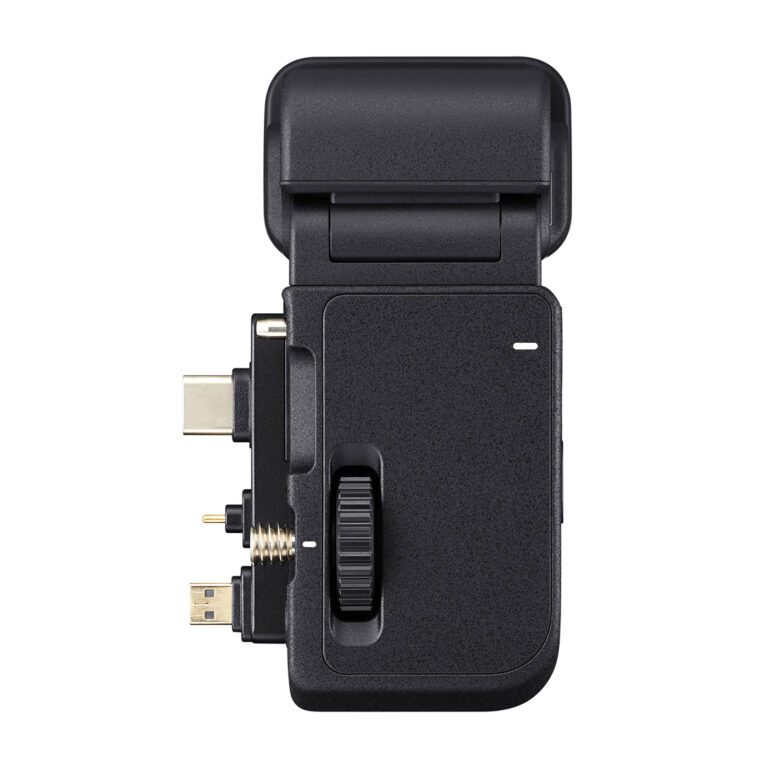
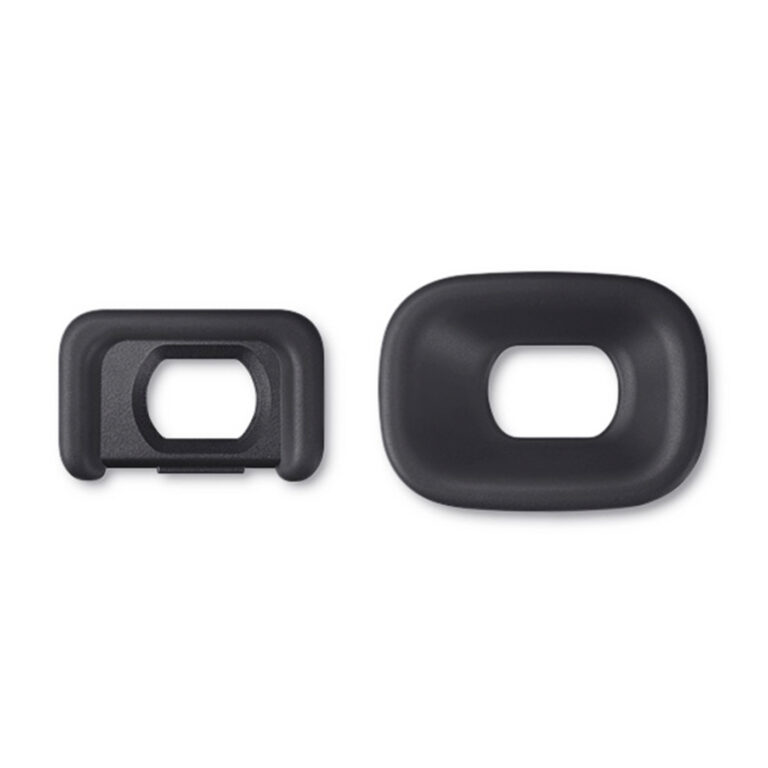
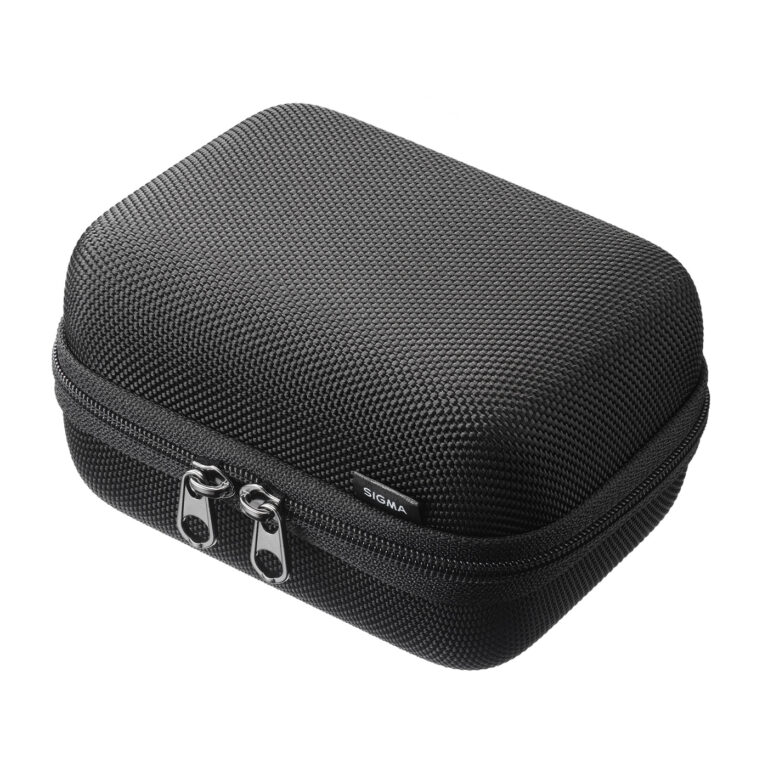
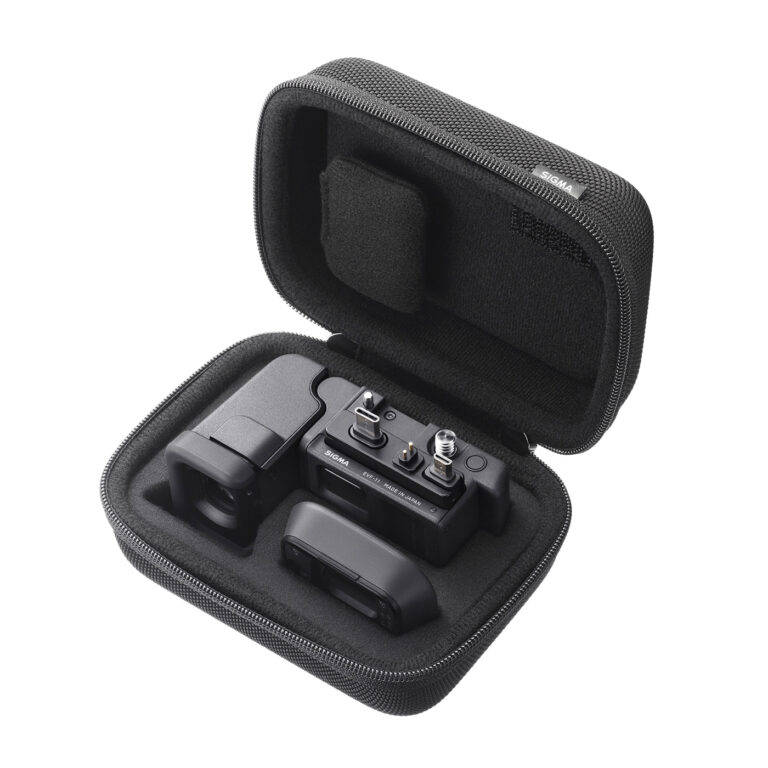
The EVF-11 has a 0.5 inch organic electroluminescent diode (OLED) panel with approx. 3.68 M dots of resolution. With a magnification of 0.83x, this high-luminance, high-definition EVF provides excellent visibility and is especially useful in an environment where it is difficult to see the screen clearly. Photographers can use it to frame a shot, review an image and change menu settings smoothly.
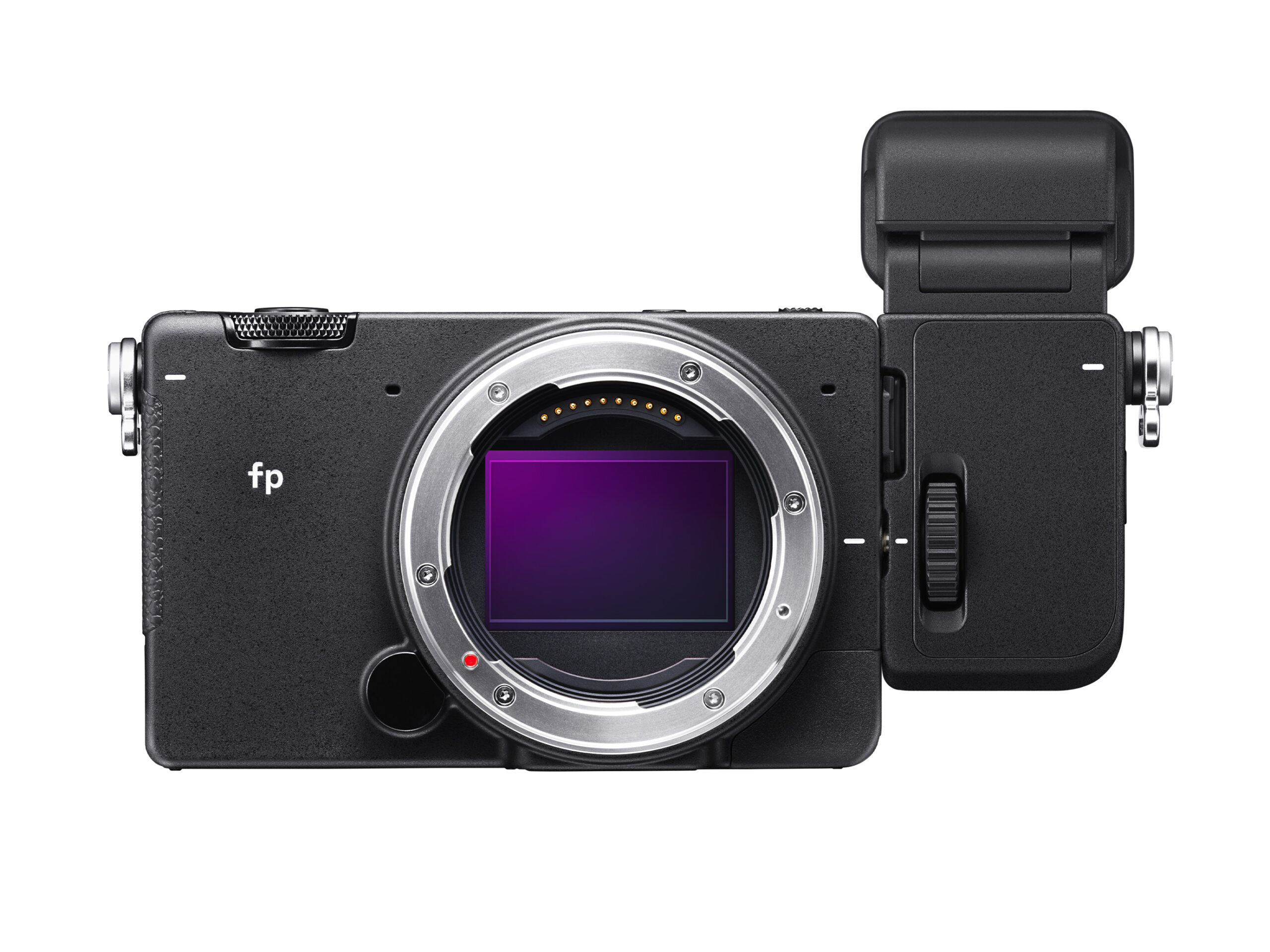
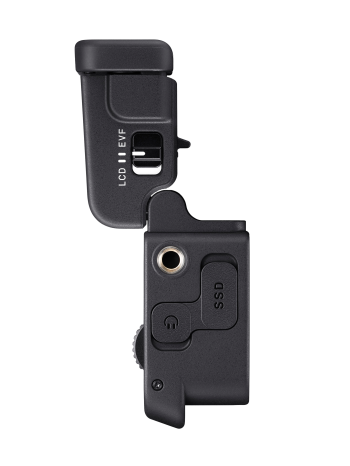
The EVF-11 has an eye point set at approx. 21 mm to ensure a full field-of-view without a dark vignette around the viewfinder. This helps photographers see the entire scene with complete clarity, even when wearing glasses. It has a wide diopter adjustment range of −4.0 to +3.0 dpt, and comes with two eyecups of different sizes to suit your preference. The EVF is designed for the best visibility, ease of use and comfort for photographers, giving them a complete view of their subject in perfect detail.
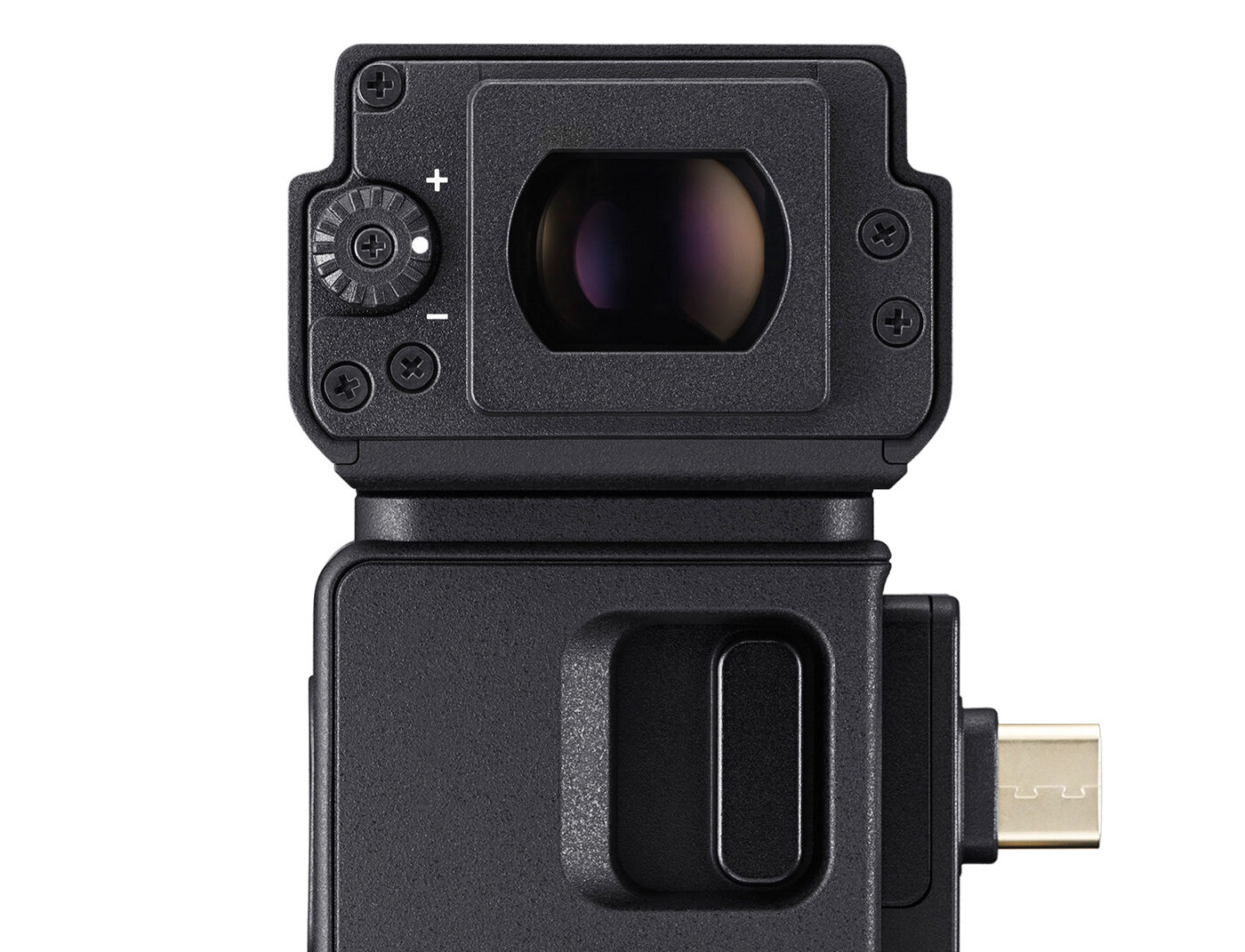
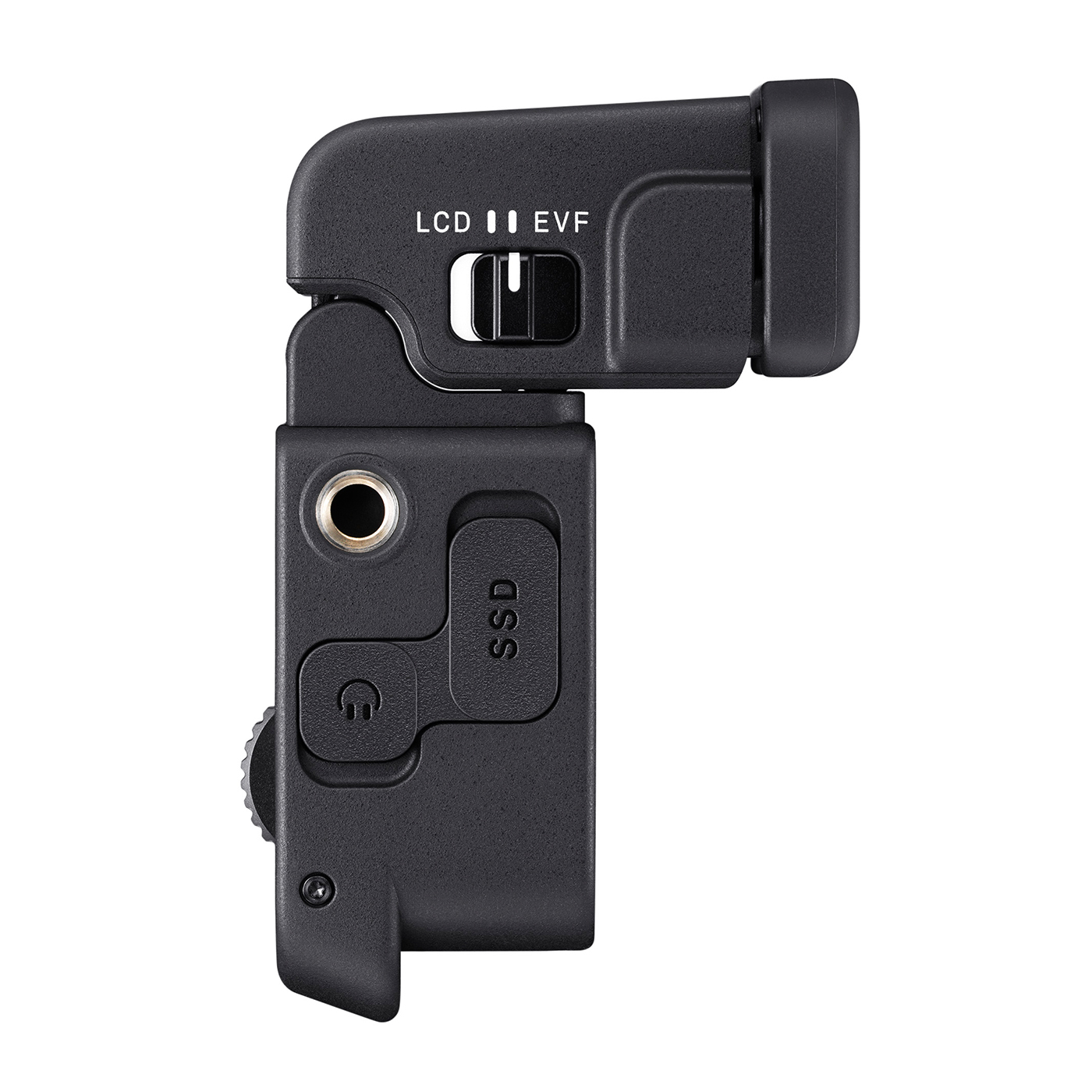
A 3.5mm stereo mini jack on the EVF-11 allows users to monitor audio using headphones while shooting video. It is designed so as not to block the camera’s microphone input, meaning users can use an external mic and monitor audio at the same time.
Users can record to an external solid state drive (SSD) drive via the dedicated USB plug (Type-C), which is located on the side of the EVF-11.
Dimensions (diameter x length)
ø44.6 x 91.7 x 56.1mm (including EC-31 Eyecup)
Weight
114g
SKU
AV7900
Supplied Accessories
EC-31 Eyecup, EC-41 Large Eyecup, VC-07A Semi-hard Case
Compatible cameras
SIGMA fp | SIGMA fp L
Viewfinder
Panel
0.5 inch OLED panel, approx. 3.68 M dots (Viewfinder Coverage : approx. 100%)
Magnification
0.83x (50mm lens at infinity, −1 dpt)
Eye point
Approx. 21mm (from the back of the eyepiece lens)
Diopter adjustment
−4.0 to +3.0 dpt
Angle adjustment
0 to 90°
Interface
USB terminal
USB Type-C x2: Input and output (for portable SSD only)
Video input terminal
Dedicated terminal
EVF detection terminal
Dedicated terminal
Headphone output terminal
Φ3.5mm stereo mini jack
Sign up to our newsletter